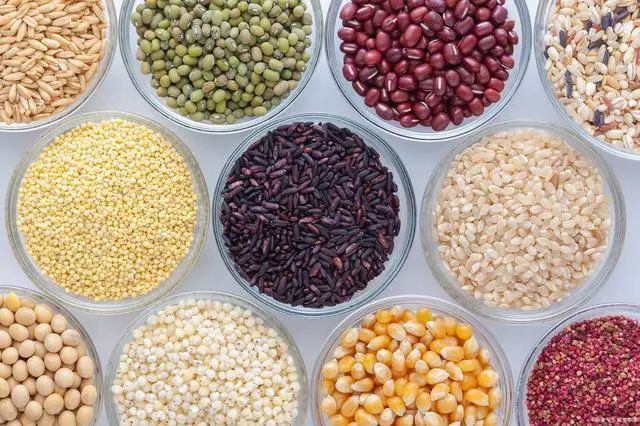In the fast-paced modern life, people often pursue efficiency and convenience, leading to a preference for fast and refined foods, gradually neglecting the grains and legumes that have nourished countless generations of the Chinese people since ancient times. Grains and legumes, as the cornerstone of Chinese dietary culture, not only carry a rich historical heritage but also represent a wise choice for modern individuals seeking a healthy lifestyle. This article will delve into why grains and legumes are fundamental to health and how to scientifically and reasonably incorporate them into daily life to achieve nutritional balance and enhance physical well-being.
Nutritional Value of Grains and Legumes
Grains and legumes refer to staple crops such as rice, wheat, soybeans, corn, and tubers, along with their products. They are the most basic and comprehensive nutritional treasure bestowed upon humanity by nature. Firstly, grains and legumes are rich in dietary fiber, which helps promote intestinal peristalsis and prevent constipation, making them an indispensable nutrient for maintaining intestinal health. Secondly, the B vitamins found in these foods, such as vitamin B1, B2, and niacin, play important roles in regulating nervous system function, promoting energy metabolism, and preventing beriberi. Furthermore, the minerals present in grains and legumes, such as magnesium, potassium, iron, and zinc, are relatively high, helping to maintain electrolyte balance in the body, promote hemoglobin synthesis, and prevent anemia. Additionally, grains and legumes contain abundant phytochemicals, such as polyphenols and flavonoids, which are antioxidants that can eliminate free radicals in the body, delay aging, and enhance immunity.
The Health Preservation Philosophy of Grains and Legumes
- Balanced Diet, Grains as the Foundation
The Huangdi Neijing states: “Grains nourish, fruits assist, livestock benefit, and vegetables supplement.” This clearly indicates the foundational role of grains and legumes in dietary structure. Modern individuals should abandon the notion that “staples are useless” and ensure the intake of grains and legumes in every meal to establish a balanced dietary pattern. - Combination of Coarse and Fine Grains for Nutritional Balance
When consuming grains and legumes, attention should be paid to the combination of coarse and fine grains. While finely processed grains may have a delicate taste, they often lose a significant amount of dietary fiber and vitamins; coarse grains retain more nutrients. Therefore, mixing brown rice, oats, corn, and sweet potatoes with white rice and white flour can improve taste while increasing nutritional intake. - Diverse Choices to Avoid Monotony
Grains and legumes come in various types, each with unique nutritional components and health benefits. Therefore, a diverse selection of grains should be made in daily meals, such as black beans for kidney health, mung beans for heat clearance, oats for lipid reduction, and quinoa for complete nutrition, to meet the body’s needs for various nutrients. - Moderate Consumption, Gradual Introduction
For individuals who have primarily consumed refined grains for a long time, suddenly increasing the intake of grains and legumes may cause gastrointestinal discomfort. Therefore, when introducing these foods, it should be done gradually, starting with small amounts and slowly increasing to an appropriate level. Additionally, it is important to monitor the body’s reactions and make timely adjustments if discomfort occurs.
Modern Applications of Grains and Legumes
With the rise in health awareness, the status of grains and legumes in modern diets is becoming increasingly prominent. From oatmeal porridge and whole grain bread for breakfast to brown rice and sweet potato rice for lunch, and corn porridge and quinoa salad for dinner, grains and legumes are integrated into daily diets in various forms. Moreover, they are widely used in various health foods, supplements, and beauty products, such as grain powders, grain cookies, and grain masks, further expanding the application fields of grains and legumes.
Conclusion
Grains and legumes, as traditional foods of the Chinese nation, not only carry profound cultural heritage but also represent an ideal choice for modern individuals pursuing a healthy lifestyle. With their rich nutritional value, unique health preservation philosophy, and broad application prospects, they prove the profound truth that “grains and legumes are fundamental to health.” Let us emphasize the intake of grains and legumes in our daily lives and enjoy the health and happiness they bring through scientifically reasonable dietary combinations.


